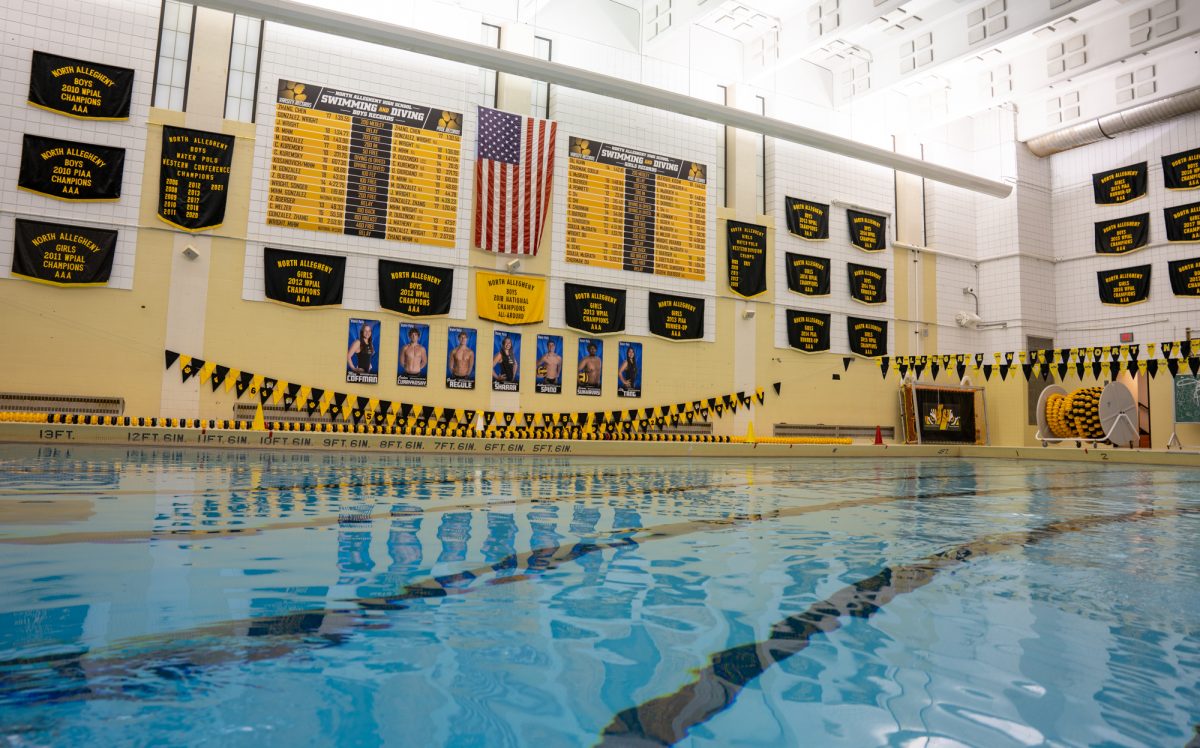Swimming is a survival skill that most students are encouraged to know. But should it be the school’s responsibility?
The swimming unit here at NASH is required for all students, unless a student has a medical excuse and a letter written from their doctors. For a student’s junior year, the unit involves learning the different strokes and swimming numerous laps around the pool. For senior year, it focuses on learning how to manage a boat.
I, like many other students, do not think swimming should be a required unit for gym class. However, I do not think it would be necessary to get rid of swimming as a whole. In fact, I think it would be beneficial for students if it was an elective as opposed to a required course.
Swimming can be inconvenient on numerous fronts. For example, quite a lot of students arrive late to their next class on time after just swimming laps. You’re wet, you’re cold, you’re tired, and you’re expected to regenerate yourself in a matter of ten minutes.
It can be even harder for girls. If you were to ask a boy how long it takes for their hair to dry, the average response would probably be “It was dry as soon as I walked upstairs.” Drying thick, wet hair can take much more time, even hours, especially if it is long. Speaking from experience, going to your next class with sopping wet hair is probably on my top ten list of the worst feelings in the entire world. You’re cold, you leave a trail of water everywhere you go, and it gets all over your clothes, papers, you name it.
Swimming is a life safety skill that a great deal of students know how to do by the age of 16 or 17. Perhaps students could test out of the unit over the summer, after demonstrating proficiency.
The unit at NASH consists of learning to tread water (a vital skill) but also learning new strokes, playing water sports, swimming laps, and learning boating. If the main purpose of the unit is to ensure that students possess the skills to avoid drowning, it’s easy to see how that goal could be achieved in a shorter period of time.
With all that being said, by no means am I suggesting we get rid of swimming all together. Rather, for students who can already demonstrate proficiency in the water, make it an elective for students who enjoy swimming — because for those who don’t take any particular enjoyment in it, it’s often a frustrating inconvenience.
Knowing how to swim can save you from a boating accident or a severe flood, and it is also good for cardiovascular health and your joints. According to Spire Healthcare, swimming can relieve joint pain if one suffers from arthritis. Additionally, the constant movement of the muscles can prevent stiffness.
Swimming is also a very fun activity. You can play water polo, you can tan on a raft, you can do handstands underwater, you name it. When one actually chooses to swim in their free time, it can be both enjoyable and healthy.
Nevertheless, when having to swim in the middle of a school day, complete laps around the pool, and then have a very limited amount of time to get yourself ready for your next class, it becomes tiresome and feels very unnecessary to be required to do.
_______________________________
Editors’ note: All opinions expressed on The Uproar are a reflection solely of the beliefs of the bylined author and not the journalism program at NASH. We continue to welcome school-appropriate comments and guest articles.



